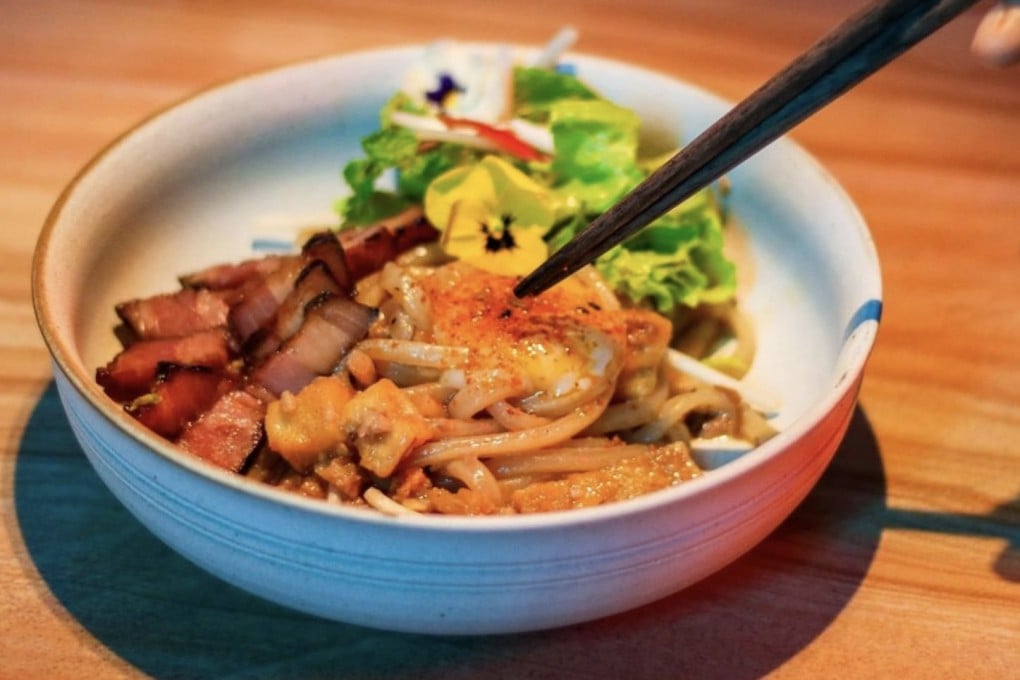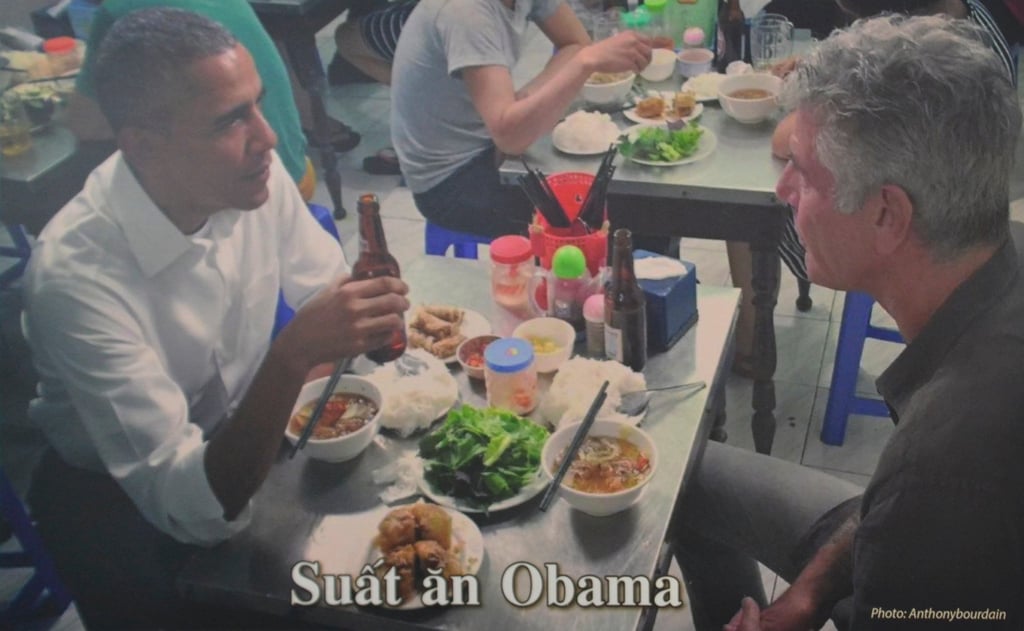Not just pho: 3 noodle dishes from Vietnam not to miss – cao lau in Hoi An, bun ca in Hanoi and Phu Quoc’s ‘stirring noodles’
- If, like the late Anthony Bourdain, you were ‘put on earth’ to eat Vietnamese noodles, the country has a plethora of regional noodle dishes to try
- In Hanoi they eat bun ca – rice noodles with fish; in Hoi An cao lau thick noodles; and in Phu Quoc bun quay, fresh-cut noodles with a sauce you mix yourself

“People are put on earth for various purposes; I was put on earth to do this. Eat noodles right here,” said the late, great Anthony Bourdain while slurping down a bowl of noodles in Vietnam.
The irreverent chef made dining on noodles, preferably while perched on a low plastic stool on the street, into a rite of passage for any self-respecting visitor to the Southeast Asian nation.
While in Hanoi, he famously took then-US president Barack Obama for a bowl of bun cha – chargrilled pork patties with vermicelli noodles, vibrant greens and a bowl of chilli, lime and fish sauce for dipping.
Bun cha is rightly famous, but is only one of hundreds, if not thousands, of different noodle dishes eaten around a country that today has a population of around 100 million.

While noodle dishes such as pho, bun cha and bun bo hue are must-eat dishes when visiting Vietnam, it pays to also seek out lesser-known but equally thrilling bowls that are specific to certain towns and cities.